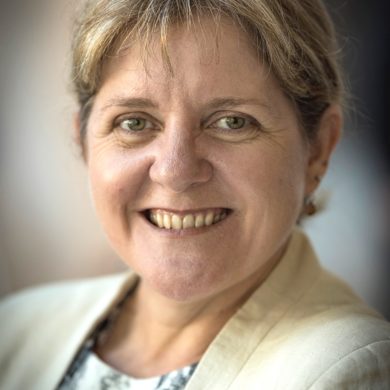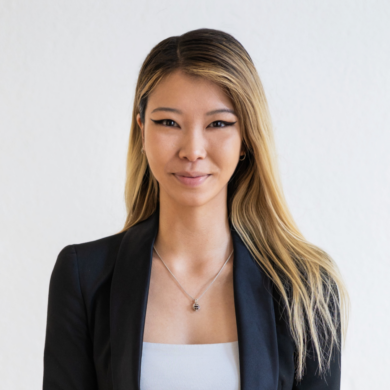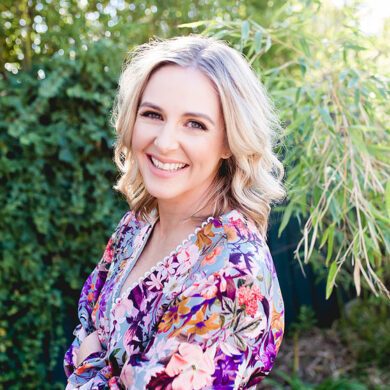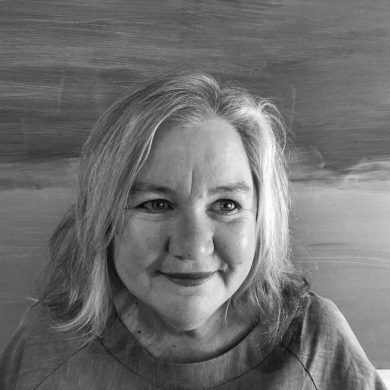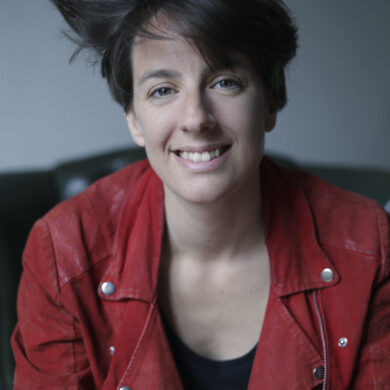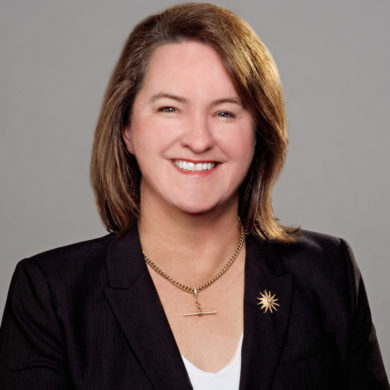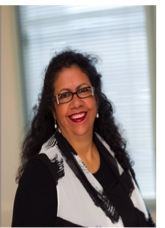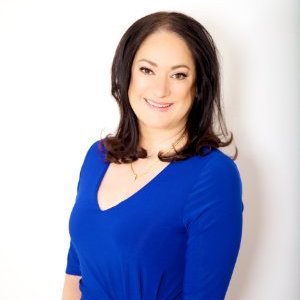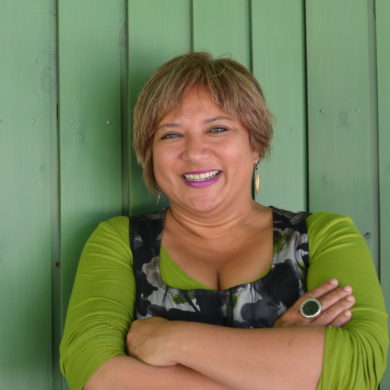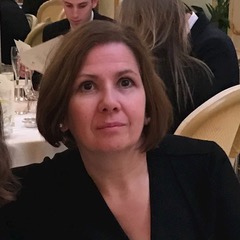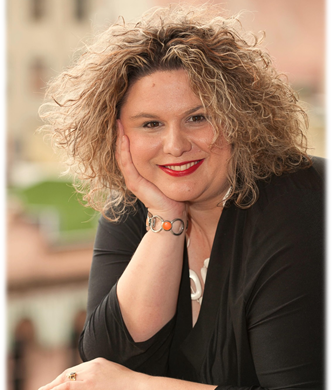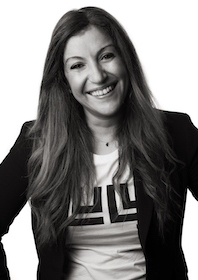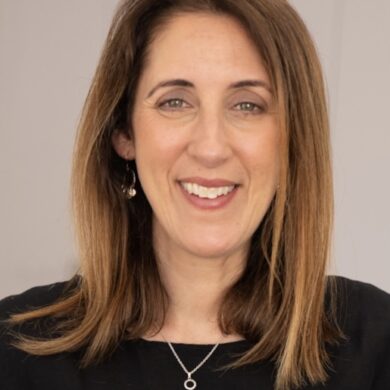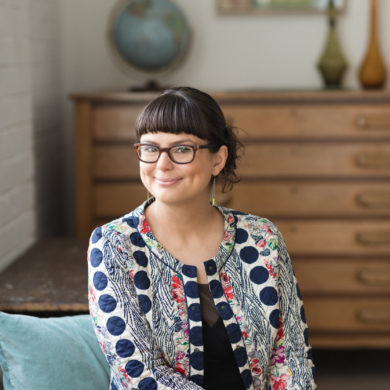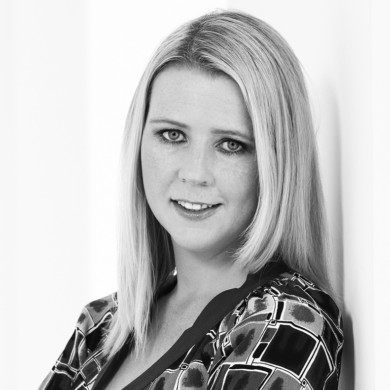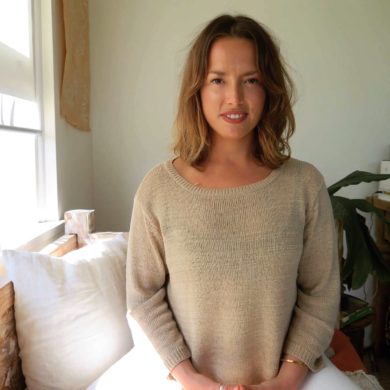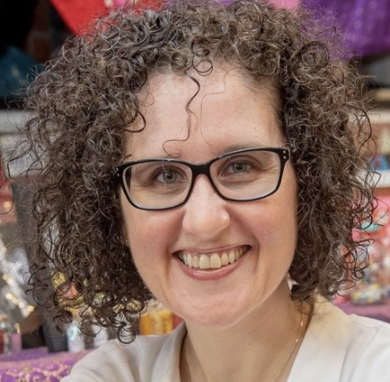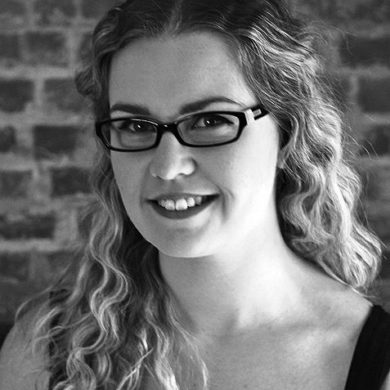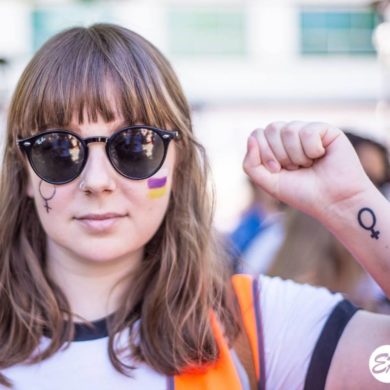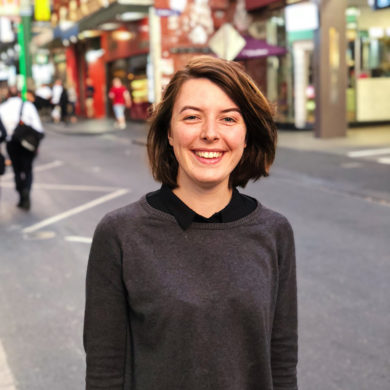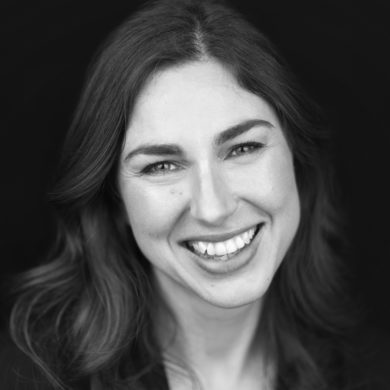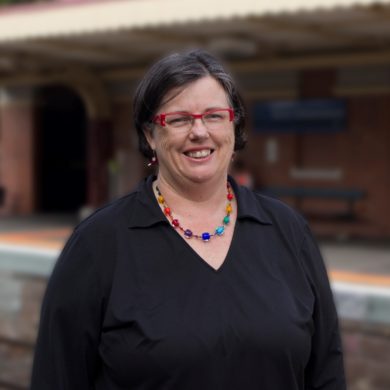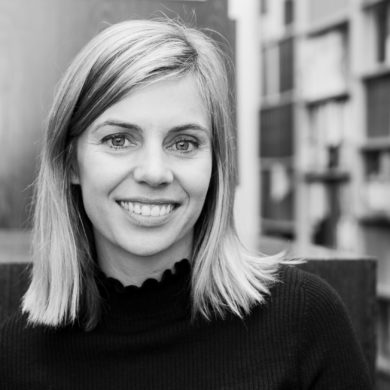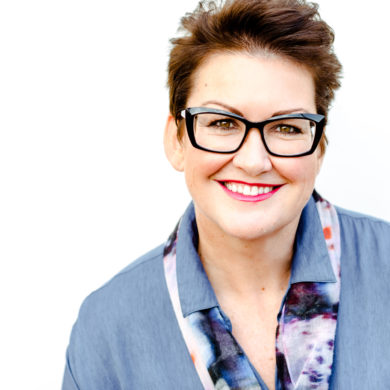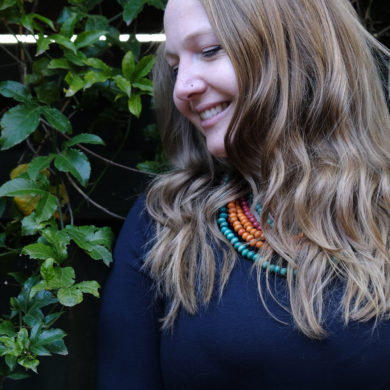
Being first is always hard. Nothing is impossible until someone does it.
Anushi Rajapaksa
Senoir Research Officer
Specialty Areas
Education, Health and Medical, Mentoring, Science, Technology and Innovation
About Me
Who am I?
Currently, I am an academic biomedical engineer and an emerging early career researcher (ECR) in the field of novel bedside technologies for newborn babies. I graduated with first class honours from Monash University with degrees in Bachelor of Science and Electrical and Computer Systems Engineering. In Oct 2013, I was awarded a Ph.D. by Monash University where I successfully demonstrated a new platform for “inhaled DNA vaccines”. I am a proud Visakian having attended Visakha Vidyalaya, Colombo, Sri‐Lanka (1991‐2002) having also attended Visakha Montessori in 1990.
What do I do?
As a scientist working within the Royal Children’s Hospital in Melbourne, I currently lead the activities within the biofluidics facility at Murdoch Children’s Research Institute (MCRI) which I have established for novel engineering research where the lab is equipped with state-of-the-art engineering tools for the development of sophisticated technologies for newborn infants. The biofludics facility is under the broader pneumococcal research group, led by my mentors Prof. Kim Mulholland and A/Prof. Paul Licciardi. As a senior research officer, I am the team leader on two distinct projects involving the application of cutting edge engineering solutions for clinically relevant problems effecting newborn infants. (1) Team leader for the Jaundice Point-of-care (POC) technology research program and (2) Team leader for large animal respiratory vaccine program.
My passion
The new engineering tools including the inhaled vaccines platform that I have co-invented could ultimately transform the way vaccinations are delivered and how newborn screening is conducted. These cost effective measures could mean globally more children have access to life saving treatments that is otherwise not available. My practical and innovate thinking is aimed at solving challenging problems that affect the newborn babies of today. It gives me a great sense of enrichment to be in a capacity to undertake those feats. This is what motivates me to come to work every day.
My proudest achievement to-date
My proudest achievement to-date the discovery of a new technology underling the success of inhaled vaccines, resulting from my PhD. This work was a major breakthrough in the field of non-invasive vaccination allowing vaccine delivery to the lungs. The use of high frequency sound waves that allows delivery of biomolecules without damage. Using one of the most fragile vaccine types, we showed that the particles survived the transformation from liquid to an aerosol mist. The nebuliser technology uses a microchip, similar to that found in a mobile phone, but modified to incorporate fluid. Sound waves from the chip converted the liquid into an inhalable mist. The challenge was to ensure the vaccines survived the process and remained intact to preserve their biological function.
Why?
This major breakthrough was a potentially new, non-invasive and pain-free way to deliver vaccines. This development holds a lot of promise for a replacement to vaccine injections which are associated with safety concerns in developing countries, requiring expensive and specialised handling, refrigeration, and staff training that many places in the world who cannot afford such resources.
What did I learn?
I have developed many of the leadership traits and importantly resilience through this project. Being a young engineer, the world of vaccines was new to me. I have learned ways to effectively communicate and cross collaborate with world leaders in other disciplines including immunologists, virologists, pharmacists and microbiologists to bring forth project success. As a bench scientist, I was determined to translate this project to a new product which meant that I had to undertake experiments in a completely new discipline. I viewed every challenge I faced as learning experience. I was able to take a lab bench discovery through to a successful pre-clinical product as a result. This was the beginning of everything – my whole career.
Since then I have learnt to invest time to ask bold new research questions. This is what led to my current project in leading the jaundice point-of-care technology. I formed independent research program and the Biofluidics research facility driven by the common goal of transforming health outcomes for children in limited resource settings. I have worked hard to attract funding and realise my goal of “accessible health to all children irrespective of their birthplace”.
Rewarded for pursing goals that matter to humanity
My contribution to the field of biotechnology has been recognised both nationally and internationally, as I was named 2010 Young Biomedical Engineer of the Year (Engineers Australia). In 2015, my work was featured in the Channel 10 News, syndicated nationally and the SBS World News. I joined Murdoch Children’s Research Institute in 2012 and I was recently featured the 2016 Brilliant Minds handbook and acknowledged as “potential to change the face of child health” (one of 30 faces to celebrate 30 years anniversary).
I was more recently named as a finalist for the 2017 Victorian Telstra Business Women of the year in the public sector and academia category. The Telstra Business Women’s Awards shine a light on women who are pushing the boundaries and thriving in their chosen profession. It was an absolute honour to become part of Australia’s longest running and most esteemed women’s awards program, now in its twenty-third year.
What do you I stand for?
As a passionate researcher at MCRI, a major paediatric institution, one of top five in the world, the children are at the heart of everything we do. I stand by innovative thinking and encourage others to dream big and tackle the big questions that affect the children of our world today. I welcome and support ideas of independent thinking. I am a strong believer in conducting a research program that is relevant to the needs of the community with appropriate industry engagement. Unlike conventional research, this enables accelerated practical outcomes that suit the needs the children of our generation. I have a commitment to providing (1) accessible life-saving vaccination methods and (2) low cost screening tools for conditions such as jaundice to preventing devastating conditions for all children irrespective of where they are born. I believe that these goals can only be achieve through innovative thinking.
Life out-side academia?
My long-term passion includes teaching high school and undergraduate students since starting in 2008, as an undergraduate student myself. I have taught high school mathematics, physics and chemistry to over 15 students to completion. As a teaching associate for Monash University, I have delivered the “Engineers without Borders Challenge” to create sustainable solutions for the third world involving over 200 first year undergraduate students. Apart from this, I enjoy swimming and meditation. I am also the mother of two young children aged 2 and 4. I am primary career to my son and daughter as my immediate family lives in Sri-Lanka.
